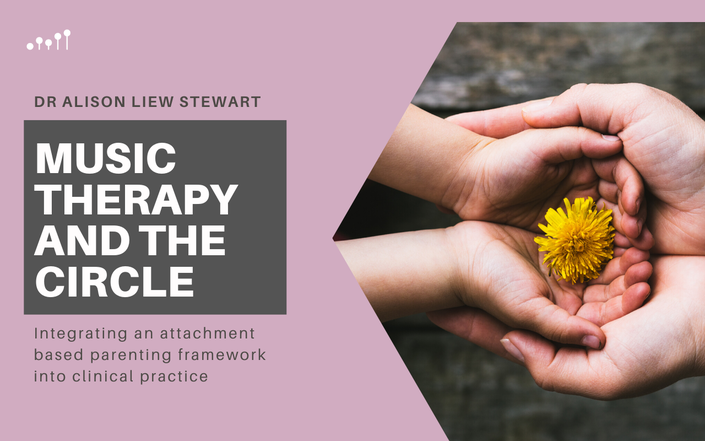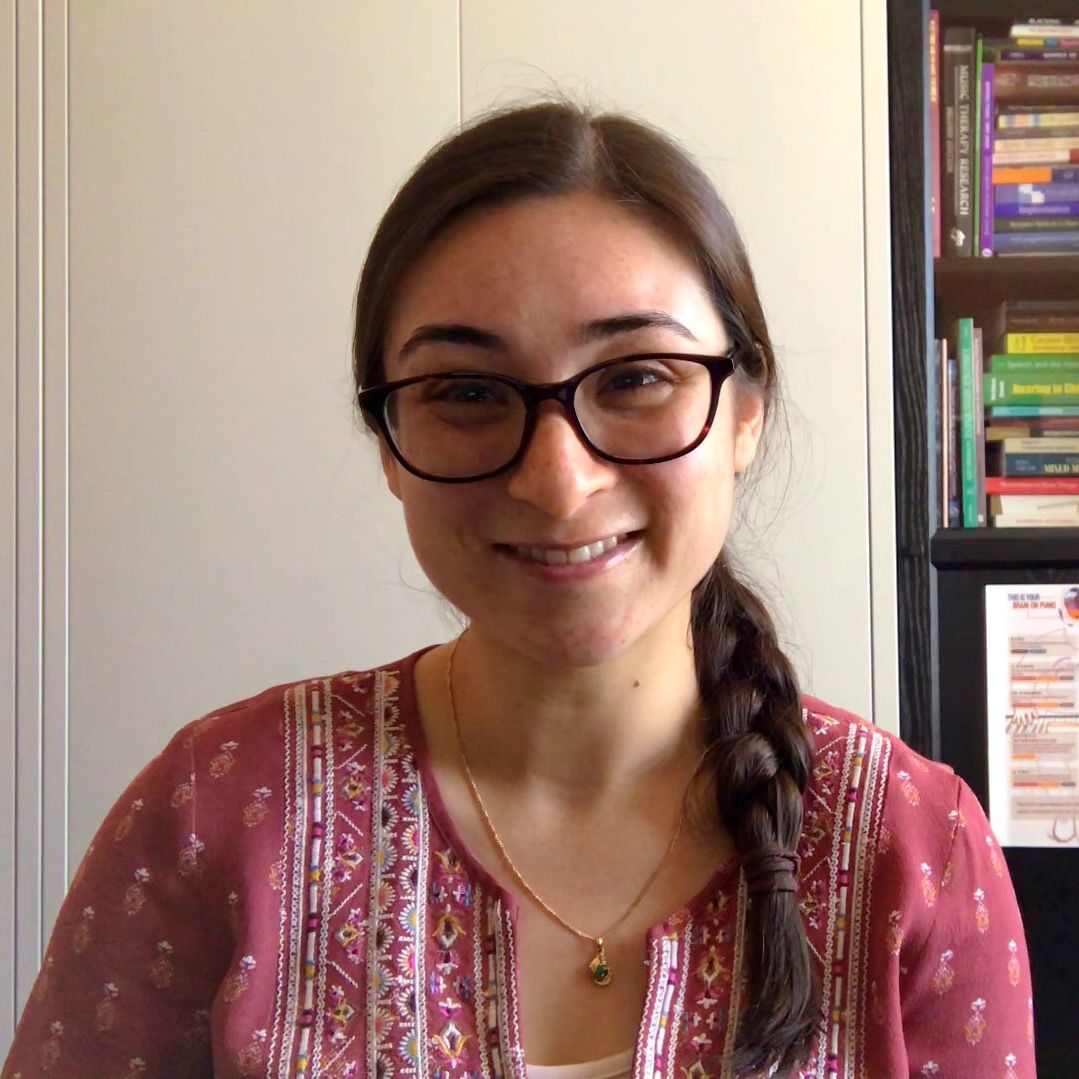
Music therapy and the Circle of Security
Integrating an attachment based parenting framework into clinical practice
Using the Circle of Security in Music Therapy
with Dr. Alison Stewart
Enhance your work with families by integrating the Circle of Security® (CoS) framework into your music therapy practice. This tutorial offers an in-depth introduction to applying CoS principles to assess, support, and strengthen parent–child relationships in a clinical setting.
Why the Circle of Security Matters for Music Therapists
The CoS framework, grounded in attachment theory, helps identify strengths and challenges in the parent–child relationship, and offers clear, practical pathways to fostering secure attachments. For music therapists, it provides a valuable lens for assessing interaction patterns and designing targeted interventions that promote emotional availability and positive connection.
What You’ll Learn
Comprehensive Overview of CoS
Gain a clear, structured understanding of the Circle framework, its key concepts, and how they are enacted in practice.
Case Examples in Action
See how disruptions in the parent–child relationship present in real-world scenarios, and learn strategies to address them through music therapy interventions.
Assessment and Adaptation
Discover how to apply the CoS framework to assess parent–child interaction in your sessions, and adapt your interventions to support attachment needs effectively.
Extended Learning & Professional Growth
Access bonus content to deepen your CoS knowledge and earn extra CMTE/CPD credits, along with curated resources for further study.
Your Instructor
Dr. Alison Stewart brings a wealth of clinical expertise in family-centred music therapy and a deep understanding of attachment-based practice, offering a clear, practical pathway for integrating CoS into your work.
Strengthen the parent–child bond in your sessions with a framework that is both evidence-based and adaptable to music therapy practice.
Your Instructor

Ali has always been drawn to the world of attachment, parenting, family support and parent-child relationships. She is passionate about empowering families to develop and maintain secure attachments and be the best they can be throughout the constant evolution of the parenting relationship. Striving for a healthy, secure and positive relationship with her son is one of Ali's own personal priorities as she adapts to his ever changing needs and navigates through the ups, downs, challenges and surprises of life.
Ali completed her PhD in how the experience of mother-infant singing interaction contributes to attachment. She also has a Masters in Special Education (deaf and hard of hearing) to pursue her interest in assisting children with hearing loss to acquire and develop language. Ali is a Circle of Security Group Parenting Program Facilitator and teacher and she currently works as a Clinical Specialist for Sing&Grow Australia and is a casual lecturer at the University of Western Sydney Creative Music Therapy course.
Get started now!
Earn CMTE/CPD credits quickly and easily!
Watch the tutorial to earn 1 credit then
earn 3 or more extra credits by completing
the bonus content activities.
Course Curriculum
-
PreviewIntro, overview and learning outcomes (4:21)
-
StartWhat is the Circle of Security Program? (6:25)
-
StartKey concepts: The Circle - Support to explore and welcoming back moments (10:05)
-
StartKey concepts: The mean/weak/gone balance (2:56)
-
StartKey concepts: Being with - Attunement, resonance, holding and contingent responses (7:12)
-
StartKey concepts: Shark music - What are the parent's triggers? (7:14)
-
StartKey concepts: Rupture and repair - Getting back on the Circle (8:42)
-
StartCase examples (7:13)
-
StartSetting goals and planning music therapy sessions (9:01)
-
StartSummary, bonus content and extra resources (5:05)



Frequently Asked Questions
CBMT Domains
For music therapists from the US & Canada this tutorial can be submitted in the ‘Other continuing education opportunities’ category and covers the following CBMT Board Certified Domains:
I REFERRAL, ASSESSMENT AND TREATMENT PLANNING
B Assessment: 1. 2. 3c, d, f. 4a, b, e, g, h, i, j, k, l. 5. 7. 8. 12.
C Interpret assessment information and communicate results: 3. 5.
D Treatment Planning and termination: 6a, b, c, d, e. 16.
II TREATMENT IMPLEMENTATION AND TERMINATION
A Implementation 2d, g, k, w, ac, ag, aq, av, ax, az, ba, bb. 5n, r, s, t, x, aa, ab.
III ONGOING DOCUMENTATION AND EVALUATION OF TREATMENT
A Documentation: 1. 2. 3. 7.
B Evaluation: 1. 9.
IV PROFESSIONAL DEVELOPMENT AND RESPONSIBILITIES
A Professional Development: 3.
B Professional Responsibilities: 10. 14.

